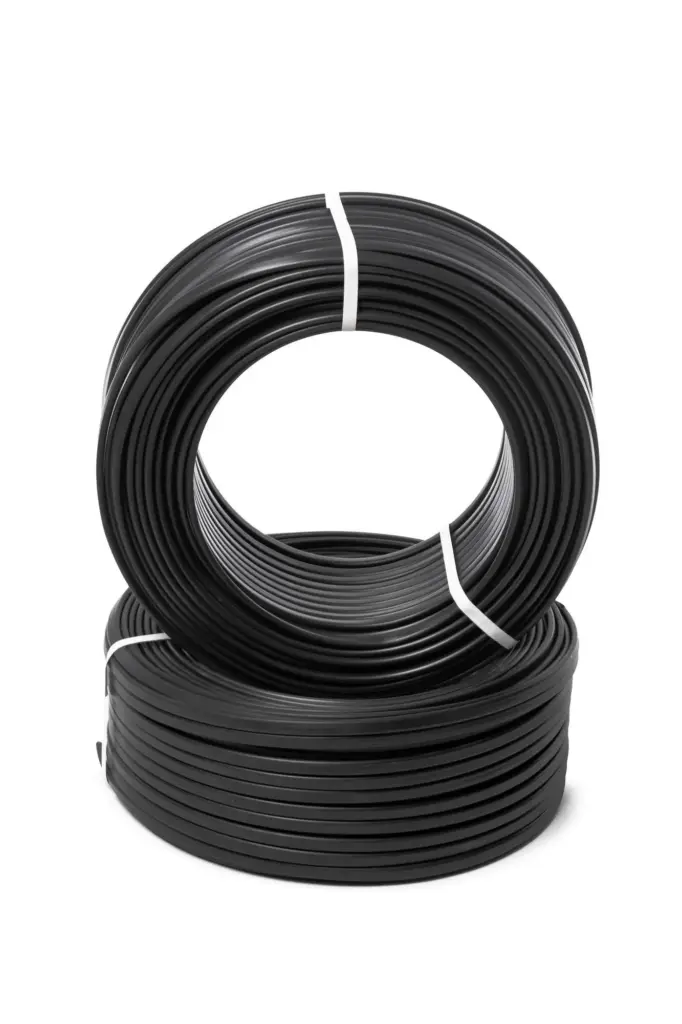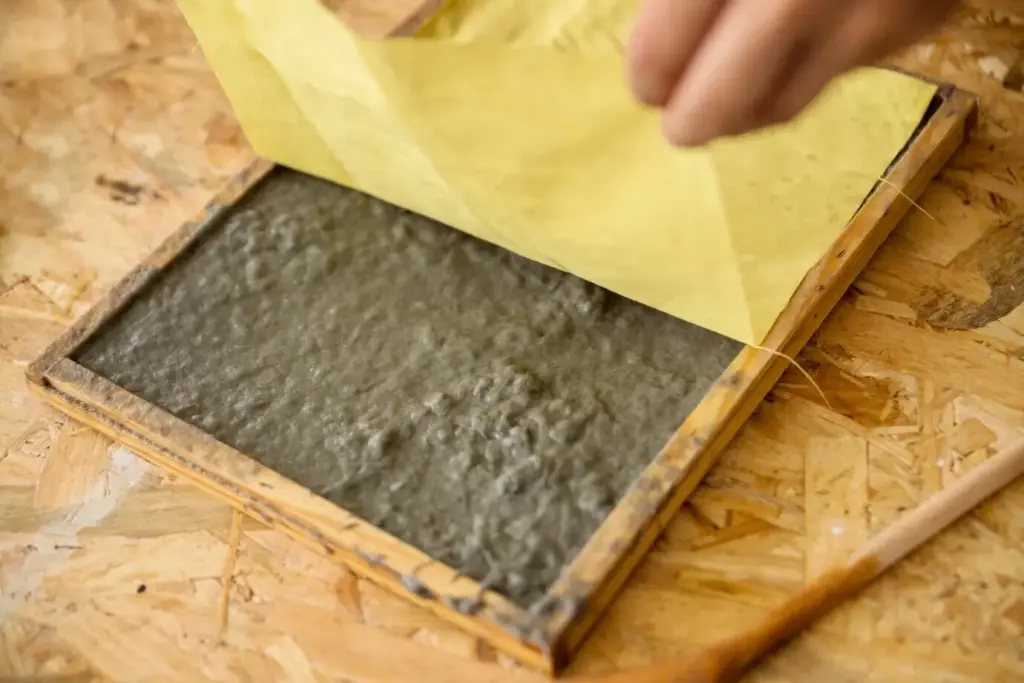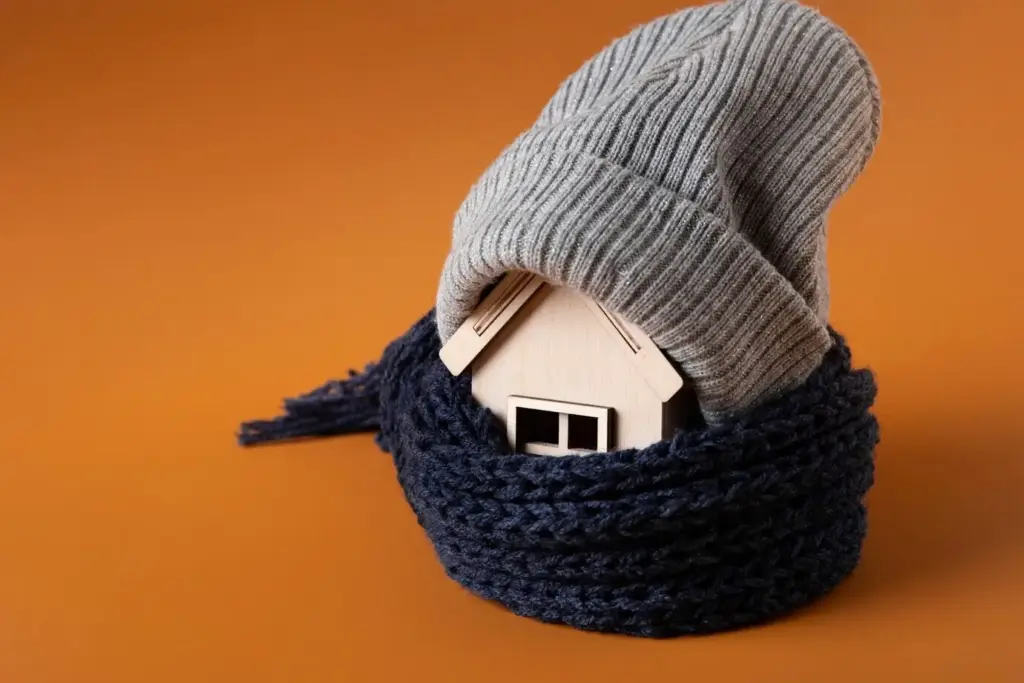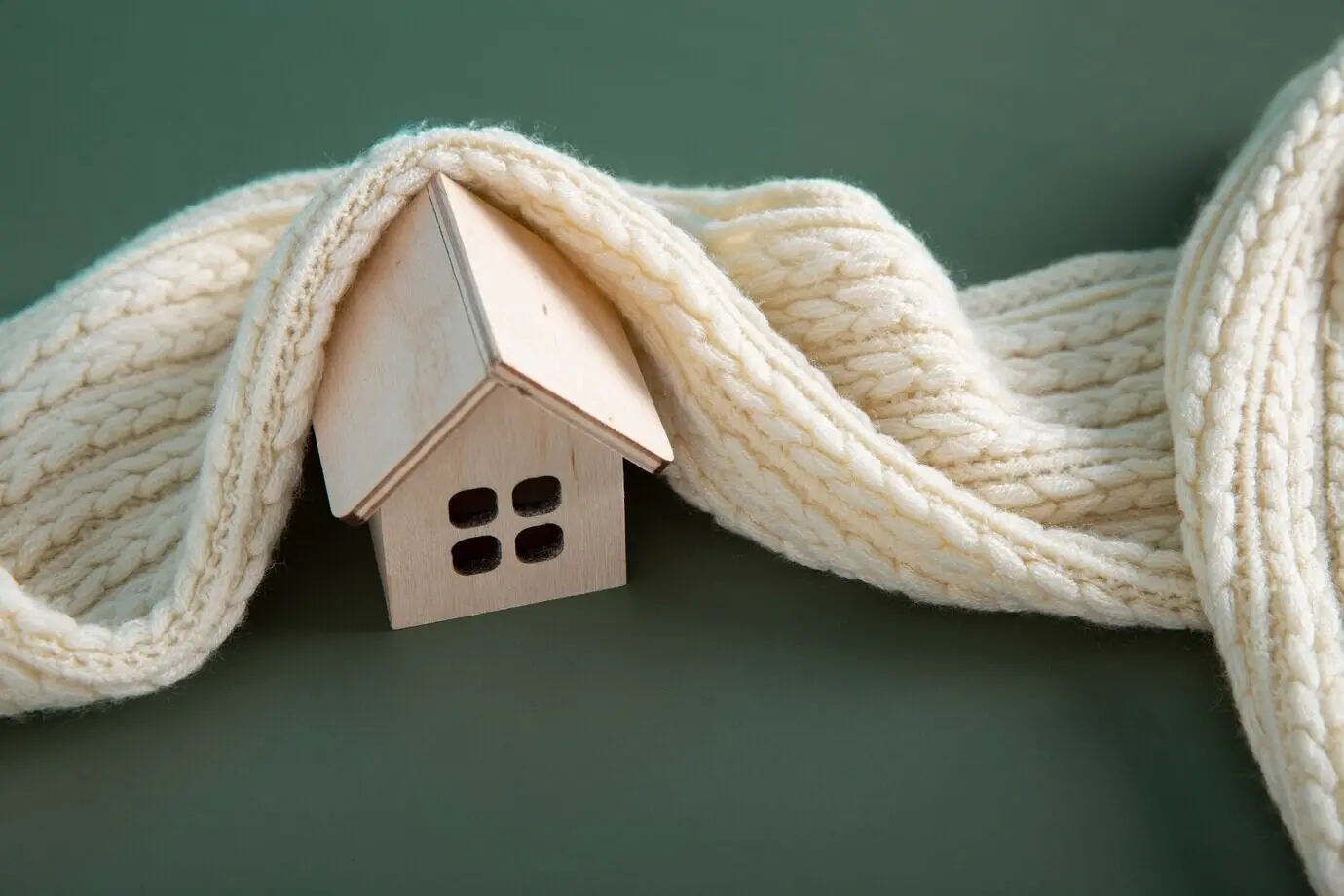Safer Comfort: DIY Non-Toxic Insulation for Attics and Crawl Spaces

Reading the Space: Attic and Crawl Diagnostics
Healthy Material Choices That Actually Work

Cellulose, Denim, Wool: Performance with a Lighter Footprint

Certifications, SDS, and Honest Labels

Tools and Protective Gear that Respect Your Lungs
Plan, Measure, and Stage Like a Pro
Calculate R-Values and Quantities Without Guessing
Measure each bay, note irregular cavities, and convert surface area into bags or batts using manufacturer charts. Add extra for off-cuts, odd corners, and wind-washing protections around eaves. Track totals on a simple spreadsheet that links every zone to its materials and fasteners. This small investment prevents mid-project shortages, reduces returns, and supports consistent density that actually delivers the promised performance. Precision up front translates into balanced coverage, fewer cold spots, and a welcome sense of control when the work gets physically demanding.
Seal First: Gaps, Penetrations, and Drafty Joints
Insulation slows heat, but air carries moisture and comfort straight through your efforts if left unsealed. Use low-VOC sealants, tapes, and gaskets around plumbing stacks, electrical penetrations, top plates, and chases. Install rigid air dams where needed to separate conditioned and unconditioned zones. By addressing leaks before adding fluffy layers, you protect materials from wind-washing, stabilize indoor humidity, and elevate real-world performance beyond nominal R-values. The house feels quieter and steadier, and your investment outlasts seasonal swings without constant tinkering to stay comfortable.


Attic Installation: From Baffles to Beautiful Coverage
Crawl Space Upgrades that Keep Floors Warm and Dry

Finish Strong: Testing, Cleanup, and Long-Term Care

All Rights Reserved.